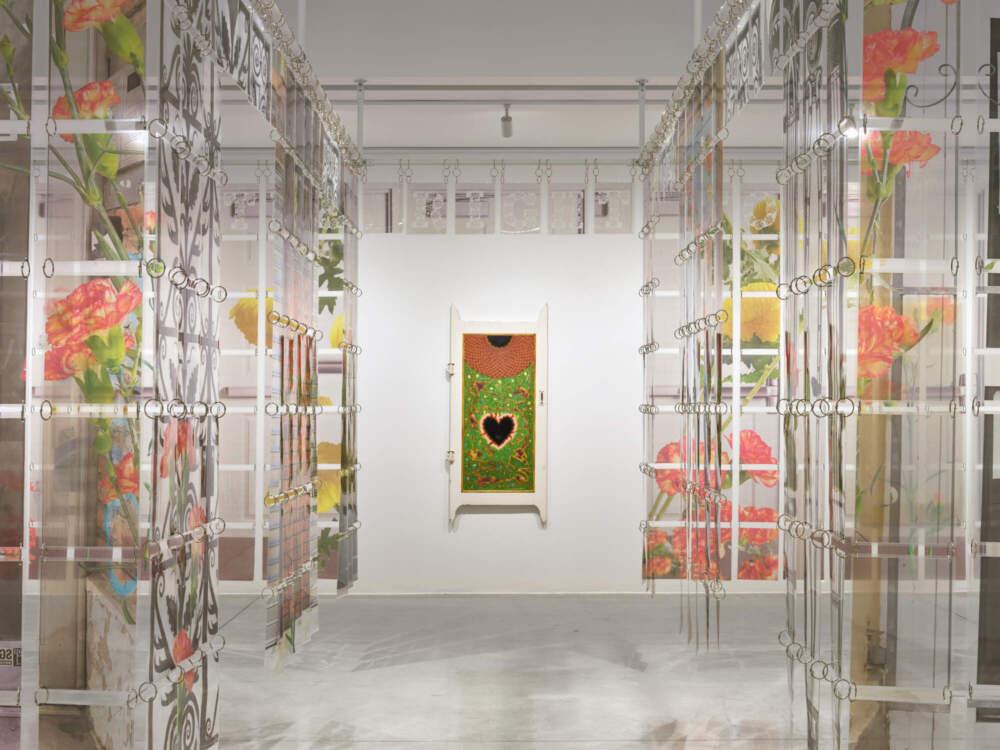Spring is an allegory for regrowth and hope. Many of Greater Boston’s spring art exhibitions romanticize and imagine what the world could be if we listened to our dreams, embraced the natural world and held faith in humanity. “Pastoral on Paper” at The Clark explores the beauty of lush natural landscapes. “Van Gogh: The Roulin Family Portraits” at the Museum of Fine Arts, Boston looks at the artist’s loving connection to a family in the South of France. Also at the MFA, “The Visionary Art of Minnie Evans” regards nature as “divine protection.”
Through June 15
If you love romanticizing the world around you, explore how 17th and 18th-century artists idealized landscapes at The Clark. “Pastoral on Paper” looks at representations of rural landscapes in books, drawings and prints during the Baroque and Rococo periods in Europe. The exhibition features work by Thomas Gainsborough, Nicolaes Berchem and French painter Claude Lorrain, who sought to depict nature in sweeping beauty and harmony. He was a master of capturing stunning natural light and sunrises and sunsets. His “Landscape with the Voyage of Jacob” follows the biblical tale of Jacob traveling to Canaan. The landscape is a romanticized version of the countryside near Rome where the artist lived with towering, lush trees and a castle overgrown with foliage.
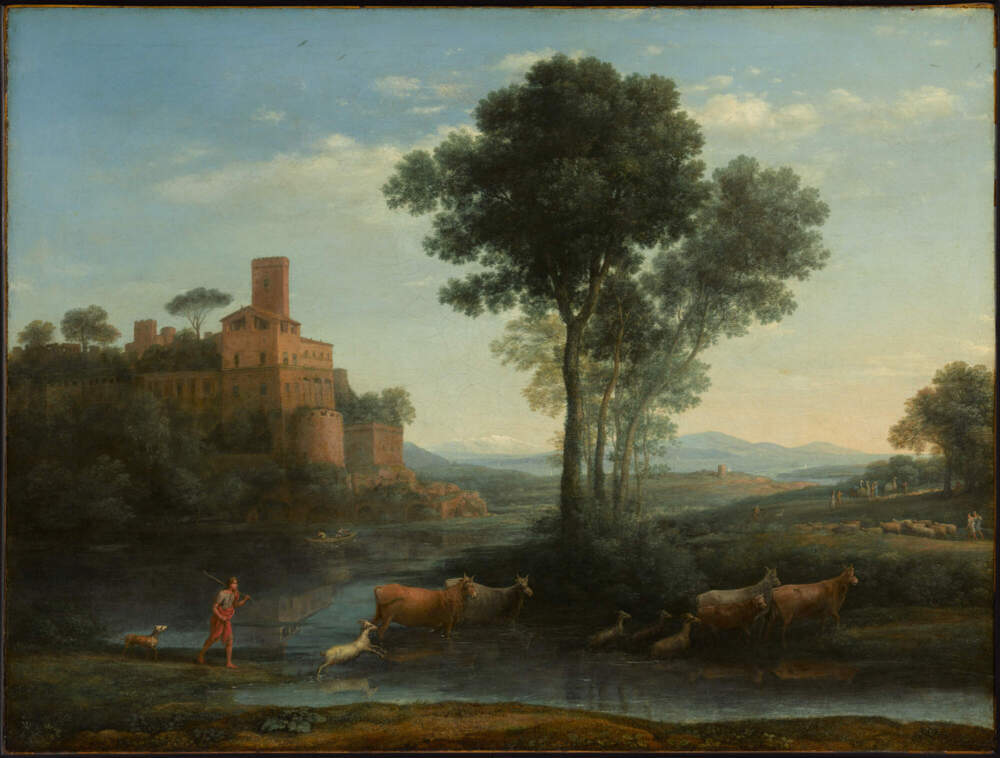
Through July 27
Harvard Art Museums will examine the techniques and themes traversing Norwegian artist Edvard Munch’s career. Around 70 works — including paintings, woodcuts, lithographs, etchings and combination prints — will be on display from the collection of Philip A. and Lynn G. Straus, gifted to the museum, as well as works on loan from the Munchmuseet in Oslo. The exhibition will delve into Munch’s ability to reinvent one idea through changes in color and orientation. There will also be prints on view next to the original copper plates, woodblocks and lithography stones used to create them to show the intricate process involved in developing a final product.
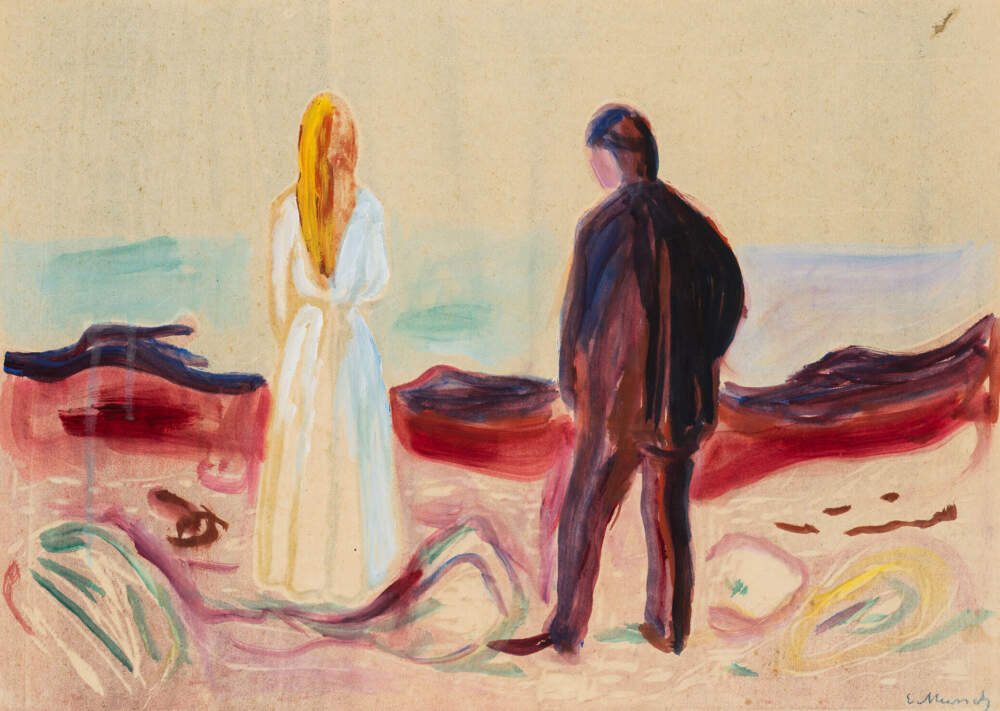
Through Aug. 31
The Studio Art Quilt Associates and the National Basketry Organization collaborated to choose 59 artists from the organizations to contribute to “Art Evolved: Intertwined.” Fuller Craft Museum’s Beth C. McLaughlin was on the selection panel along with curators Jane Sauer and Lisa Ranello. The exhibition investigates how beauty and function merge in quilting and basketry. The artists use thread, fabric, wood, reed and paper to develop skillful contemporary works. The exhibition premiered at Yellowstone Art Museum in Billings, Montana in June last year. It then traveled to the Pacific Northwest Quilt & Fiber Art Museum in La Conner, Washington and will move on to the Suzanne H. Arnold Art Gallery in Annville, Pennsylvania and the Lauren Rogers Museum of Art in Laurel, Mississippi.
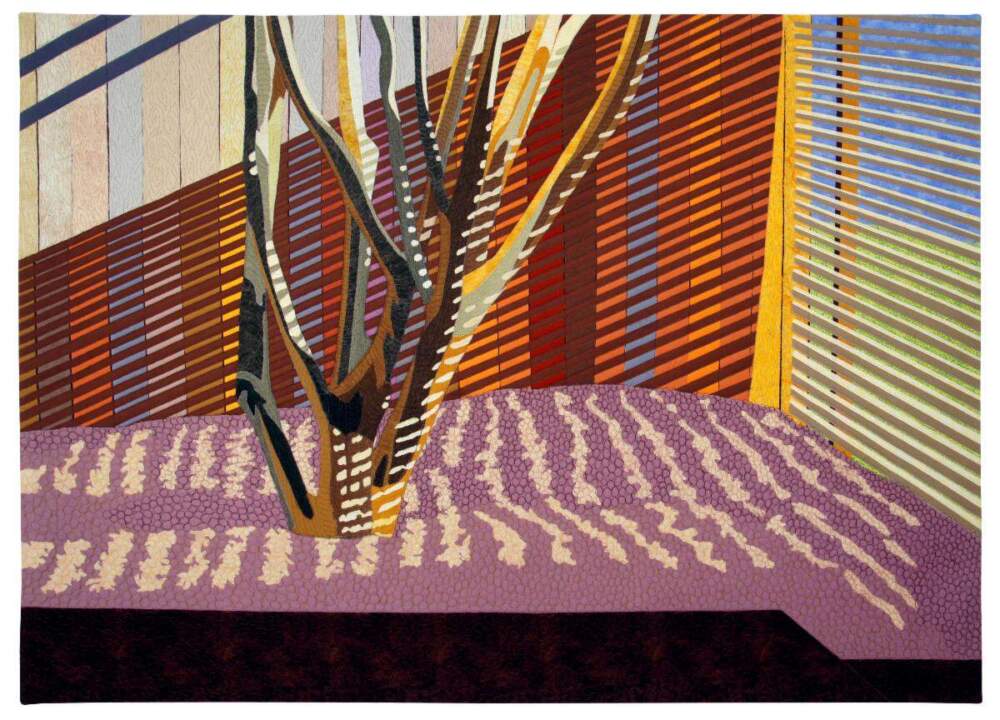
March 20-June 20
Interactive public art will be placed around Chinatown for community members to gather and appreciate. The projects are part of the city’s Un-monument | Re-monument | De-monument program and welcome joy and a celebration of cultural identity. “abundance among us” by Sheila Novak and Cass Li invites all generations to share a seat at the same table. The installation is a curving table with a dragon painted on it and benches for guests to sit at. The dragon signifies the communal strength in the Year of the Dragon. The installation will be paired with Wen-hao Tien’s “dragons and friends” activity book for children to color, play games and interact with Chinese culture. Four additional projects are part of “Celebrations of Perseverance,” including Ying Ye’s “Sprouts of Resilience” and Joanna Tam’s “Imagine Safety.”
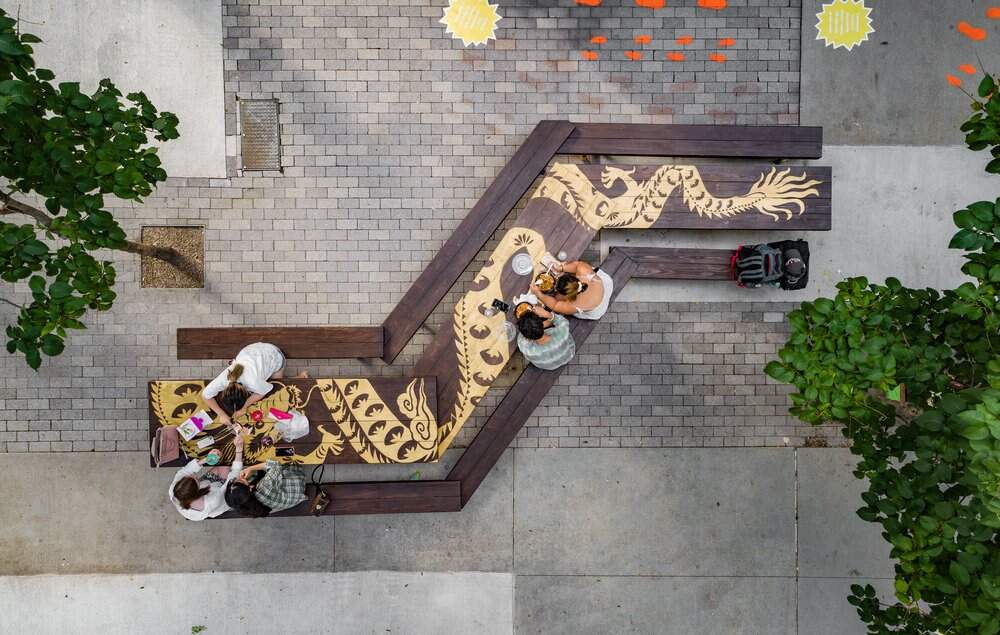
April 12-June 29
Cape Ann Museum will highlight the convergence of art and music through an exhibition on C. B. Fisk Organ Company. The business based in Gloucester boasts some of the most highly regarded organ builders in the world. The exhibition will cover a collection of its organs and the design processes with scale models, photographs and carvings from 1967 to 2019. Some of the featured designs include organs created for The Memorial Church at Harvard University; The House of Hope Presbyterian Church in Saint Paul, Minnesota; and the Yokohama Minato Mirai Hall in Japan.
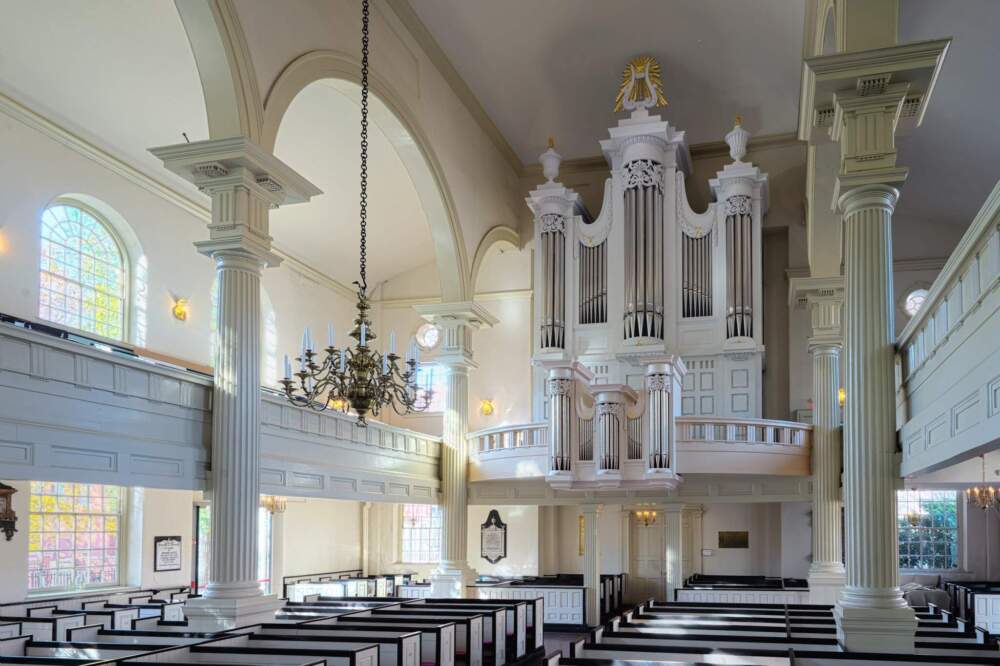
April 17-Sept. 1
Doors are thresholds, gateways and barriers. They protect, they welcome and they block off what lies beyond. Christian Marclay’s “Doors” (2022) compiles hundreds of film clips of doors opening and closing, from French New Wave to contemporary Hollywood movies. The video moves seamlessly — actors opening doors and stepping into new spaces in different films where new doors are opened. With every door opened, there’s a new sense of urgency, stakes, emotions and motivations are heightened. The artist previously described the video as “mental architecture that the viewer might or might not follow and get lost in.” The exhibition at the Institute of Contemporary Art/Boston is the U.S. premiere of “Doors.”
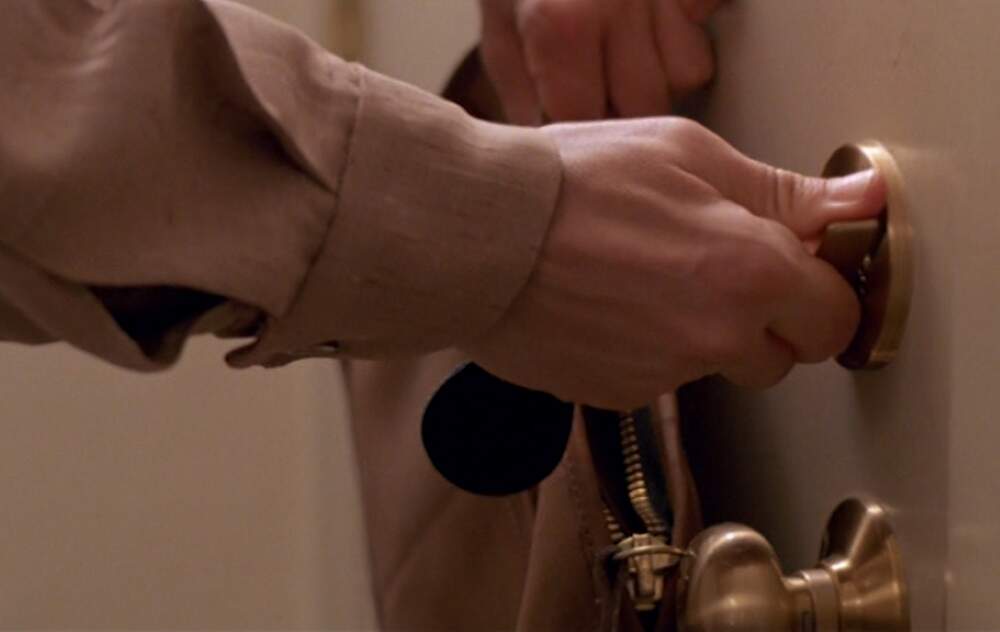
April 17-Sept. 1
“How High the Moon” marks Stanley Whitney’s first retrospective in his 50-year career. The exhibition title is named after Nancy Hamilton and Morgan Lewis’ 1940 jazz standard that was later recorded by Ella Fitzgerald. It’s a stunning, breezy love song. Whitney develops grid-like abstract paintings with four horizontal rows of square and rectangular shapes. With his work, he asks viewers to focus on their individual responses to color. The exhibition includes Whitney’s small paintings, drawings and prints, sketchbooks and sources of inspiration like music and quilts. The retrospective is touring.
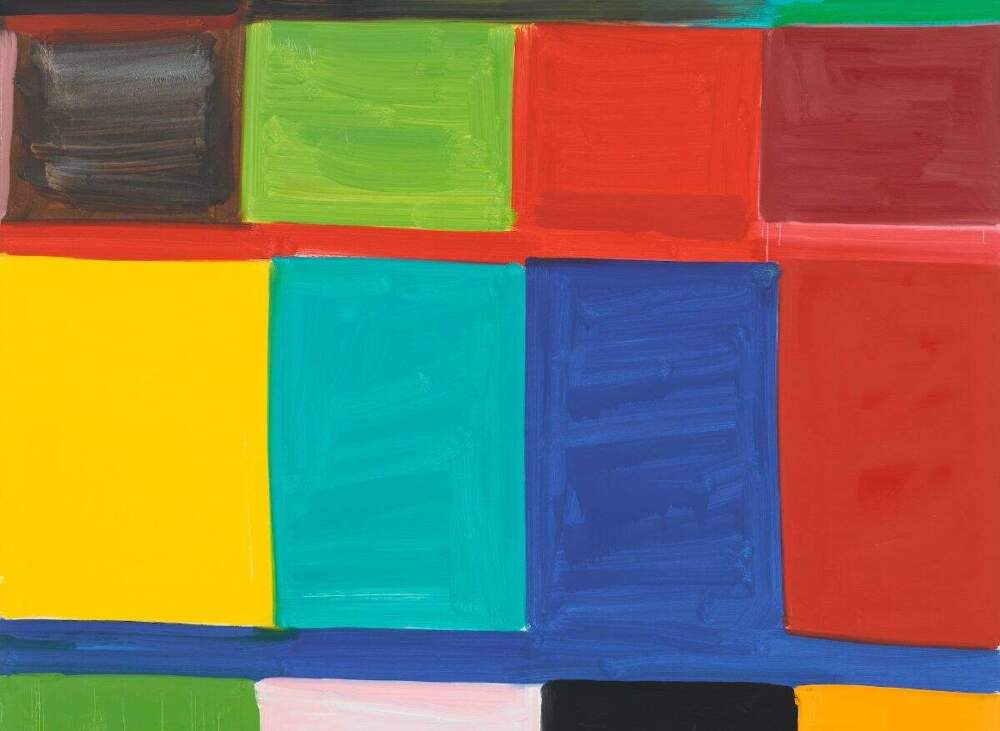
March 30-Sept. 7
Vincent van Gogh is known for his swirling brush strokes in “The Starry Night” and yellowed vases of sunflowers, but the Museum of Fine Arts, Boston’s exhibition paints a more intimate picture. Van Gogh lived in Arles in the South of France between 1888 and 1889 and became fond of a neighboring family called the Roulins. He painted postman Joseph Roulin, his wife Augustine and their three children. The portraits show his loving relationship with his neighbors and bonds of friendship preserved on canvas. The exhibit includes around 20 works, including “Postman Joseph Roulin” (1888) and “Lullaby: Madame Augustine Roulin Rocking a Cradle (La Berceuse)” (1889) from the MFA’s collection as well as loans from the Van Gogh Museum in Amsterdam, Museum of Modern Art in New York, Art Institute of Chicago and Musée d’Orsay in Paris. There will also be letters from Joseph Roulin to Van Gogh and works by Paul Gaugin, a painter who visited Van Gogh during his stay in Arles. To further explore Van Gogh’s artistic inspiration, there will be Dutch art and Japanese woodblock prints that imbued his portrait work.
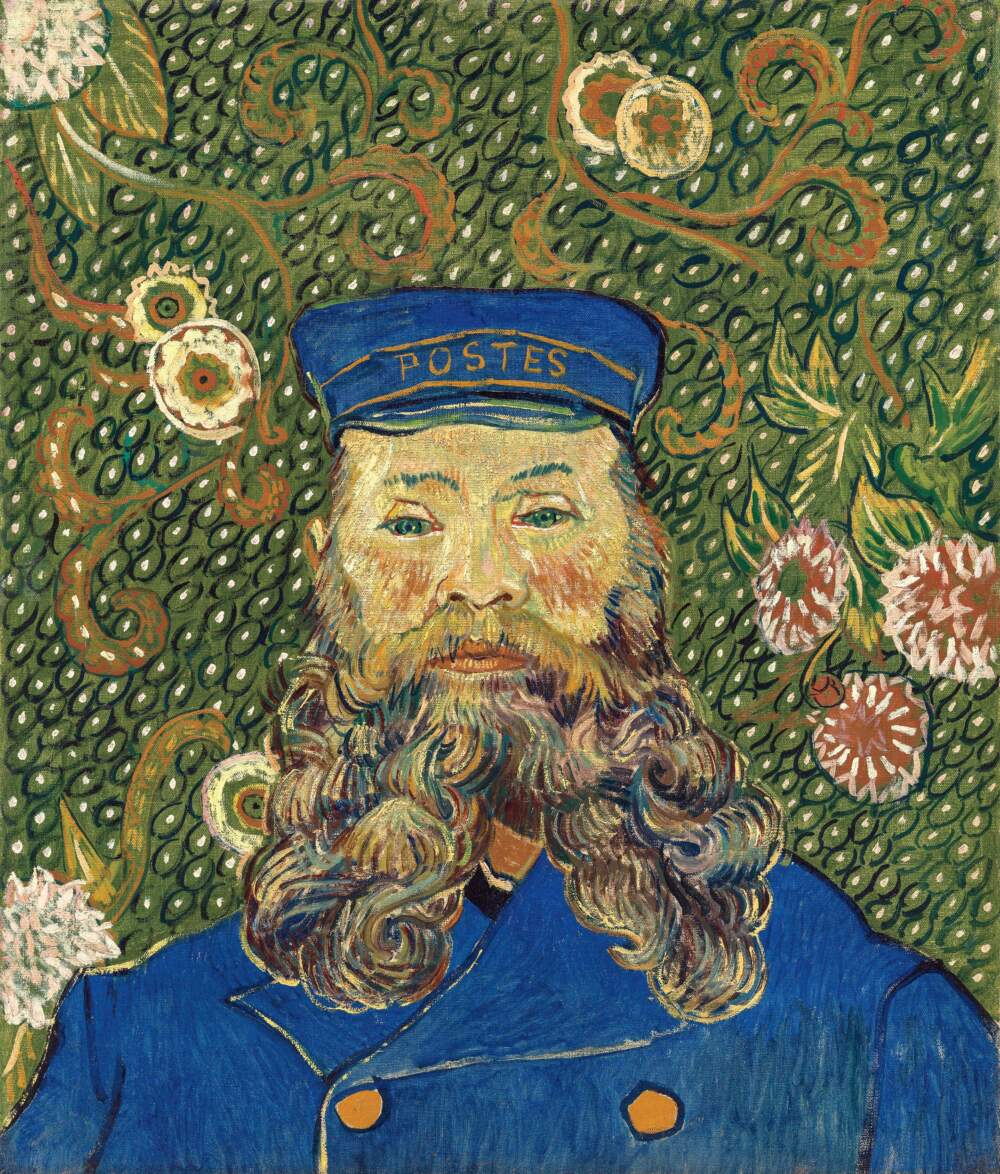
‘Korean Art‘
Peabody Essex Museum
Opens May 17
The Peabody Essex Museum will unveil The Yu Kil-Chun Gallery of Korean Art and Culture this May, honoring reformist and scholar Yu Kil-Chun. He lived in Salem for two years after moving to the U.S. to become a part of the first Korean delegation. Yu Kil-Chun donated works to the museum’s collection, which will be a part of the gallery. The full collection spans the late Joseon dynasty (1392–1910) to present day with a textile collection, 19th-century paintings and contemporary works by the late video artist Nam June Paik, among others. “Jung Yeondoo: Building Dreams” also opens May 17. The Korean photographer captures images of ordinary people to share their biggest dreams.
May 10-Oct. 26
The late artist Minnie Evans developed fantastical kaleidoscopes in vibrant colors. She drew inspiration from her dreams and the landscapes of her hometown near Wilmington, North Carolina. The Museum of Fine Arts, Boston will showcase 16 of her multimedia works, on loan from the Cameron Art Museum in Wilmington, along with letters and postcards detailing Evans’ connection with nature. While her works appear whimsical, some are inspired by serious events in history. Her work “Untitled (Three faces divided by two sunrises over water)” was inspired by a white supremacist coup in Wilmington in 1898 against its mixed-race government. Thousands of Black people took to the forest to protect themselves. At the time, a reporter recounted seeing faces peeking out from the greenery. Evans explored this idea as a means of conveying the painful memories of this moment and nature as “divine protection.”
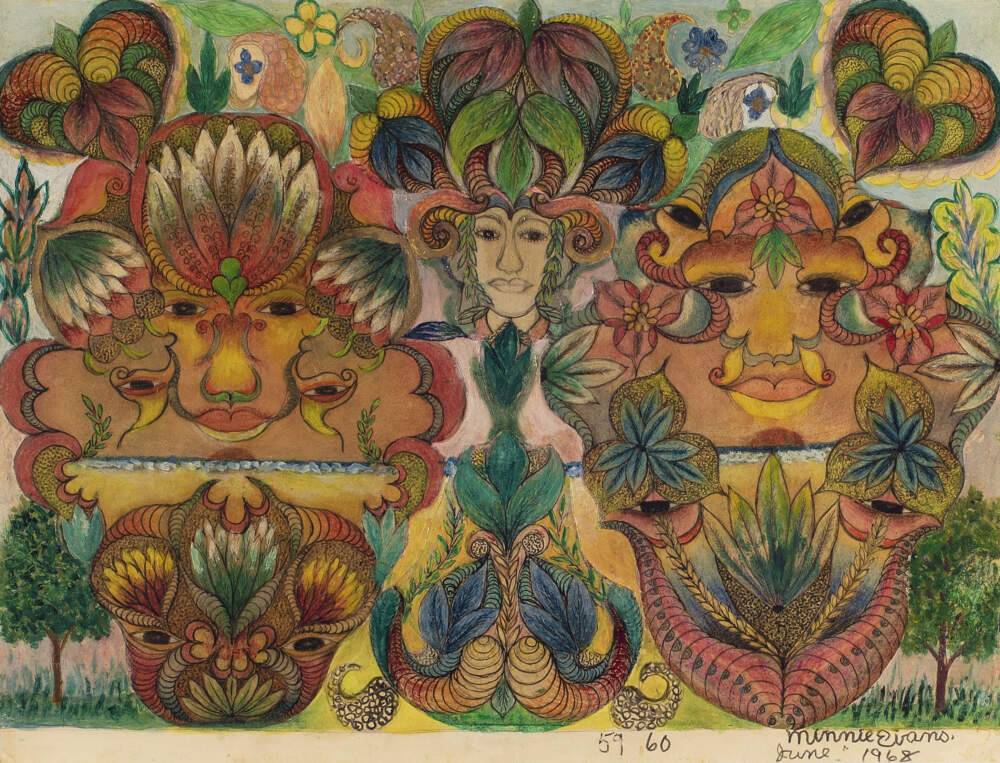
May 24-April 5, 2026
MASS MoCA will host Vincent Valdez’s first major museum survey, complete with 20 years of work from early drawings to portraits. Based in Houston and Los Angeles, the artist reflects on American politics and the ebb and flow of humanity. Co-organized with the Contemporary Arts Museum Houston, the exhibition encapsulates Valdez’s work on the lynchings of Mexican Americans, border walls, greed, boxing and the Ku Klux Klan. A bilingual catalog will accompany the exhibition with “On Boxing” by Joyce Carol Oates, essays by curators Denise Markonish and Patricia Restrepo and a discussion of Valdez’s relationship to Texas by curator Evan Garza.
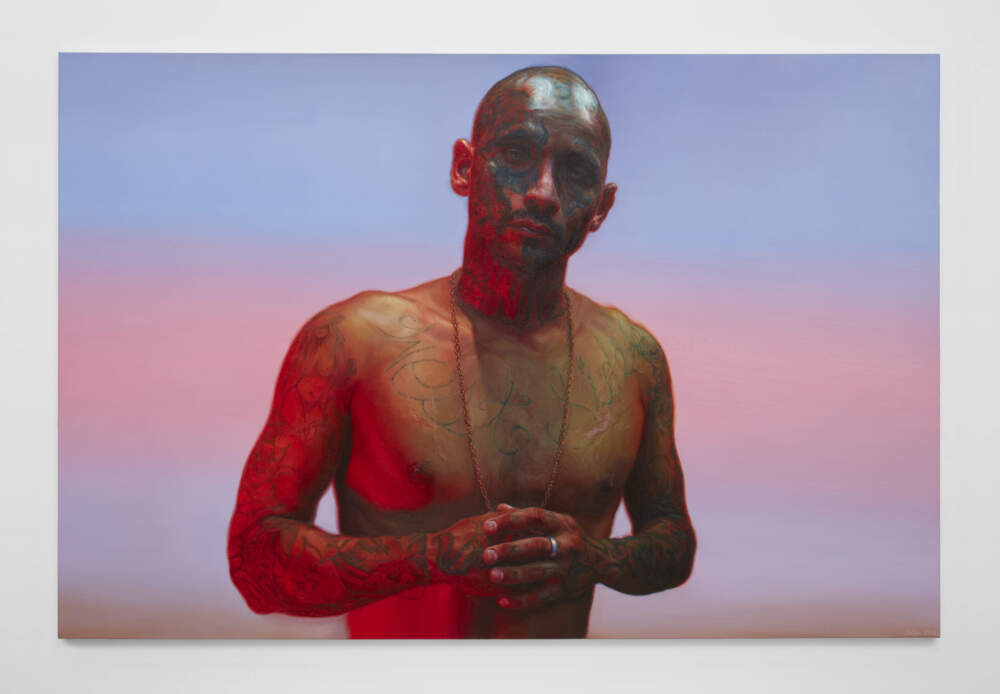
June 4-Aug. 31
Berlin-based artist Elif Saydam comments on gentrification through art in this exhibit at Massachusetts Institute of Technology’s ListVisual Arts Center. They paint urban scenes like gas stations and apartment buildings, then layer them with gold. Saydam’s work references historical painting traditions like miniature painting and illuminated manuscripts. They also paint on objects like antique bathroom stall doors and kitchen sponges. Saydam’s “Hospitality” showcases detailed paintings on two bathroom stall doors and one piece of linen. The artist reflects on the casual consumption during the 1920s, when the doors were built, and how this sense of freedom distracted from a descent into fascism. He parallels this period 100 years ago with the present day.
